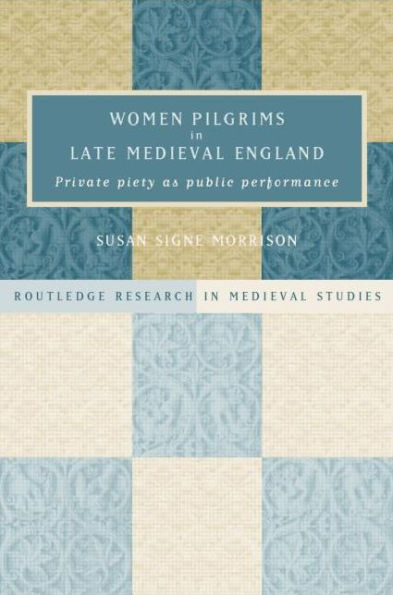Home
Waterways and Canal-Building in Medieval England
Barnes and Noble
Loading Inventory...
Waterways and Canal-Building in Medieval England in Franklin, TN
Current price: $140.00

Barnes and Noble
Waterways and Canal-Building in Medieval England in Franklin, TN
Current price: $140.00
Loading Inventory...
Size: OS
A book centring on late Anglo-Saxon and Anglo-Norman canals may come as a surprise; it is generally assumed that no such things existed. Persuasive evidence has, however, been unearthed independently by several scholars, and has stimulated this first serious study of improved waterways in England between the eleventh and fourteenth centuries. England is naturally well-endowed with a network of navigable rivers, especially the easterly systems draining into the Thames, Wash, and Humber. The central middle ages saw innovative and extensive development of this network, including the digging of canals bypassing difficult stretches of rivers, or linking rivers to important production centres. The eleventh and twelfth centuries seem to have been the high point for this dynamic approach to water-transport: after 1200, the improvement of roads and bridges increasingly diverted resources away from the canals, many of which stagnated with the reassertion of natural drainage patterns.
This new perspective has an important bearing on the economy, landscape, settlement patterns, and inter-regional contacts of medieval England. In this volume, economic historians, geographers, geomorphologists, archaeologists, and place-name scholars bring their various skills to bear on a neglected but important aspect of medieval engineering and economic growth.
This new perspective has an important bearing on the economy, landscape, settlement patterns, and inter-regional contacts of medieval England. In this volume, economic historians, geographers, geomorphologists, archaeologists, and place-name scholars bring their various skills to bear on a neglected but important aspect of medieval engineering and economic growth.
A book centring on late Anglo-Saxon and Anglo-Norman canals may come as a surprise; it is generally assumed that no such things existed. Persuasive evidence has, however, been unearthed independently by several scholars, and has stimulated this first serious study of improved waterways in England between the eleventh and fourteenth centuries. England is naturally well-endowed with a network of navigable rivers, especially the easterly systems draining into the Thames, Wash, and Humber. The central middle ages saw innovative and extensive development of this network, including the digging of canals bypassing difficult stretches of rivers, or linking rivers to important production centres. The eleventh and twelfth centuries seem to have been the high point for this dynamic approach to water-transport: after 1200, the improvement of roads and bridges increasingly diverted resources away from the canals, many of which stagnated with the reassertion of natural drainage patterns.
This new perspective has an important bearing on the economy, landscape, settlement patterns, and inter-regional contacts of medieval England. In this volume, economic historians, geographers, geomorphologists, archaeologists, and place-name scholars bring their various skills to bear on a neglected but important aspect of medieval engineering and economic growth.
This new perspective has an important bearing on the economy, landscape, settlement patterns, and inter-regional contacts of medieval England. In this volume, economic historians, geographers, geomorphologists, archaeologists, and place-name scholars bring their various skills to bear on a neglected but important aspect of medieval engineering and economic growth.

















